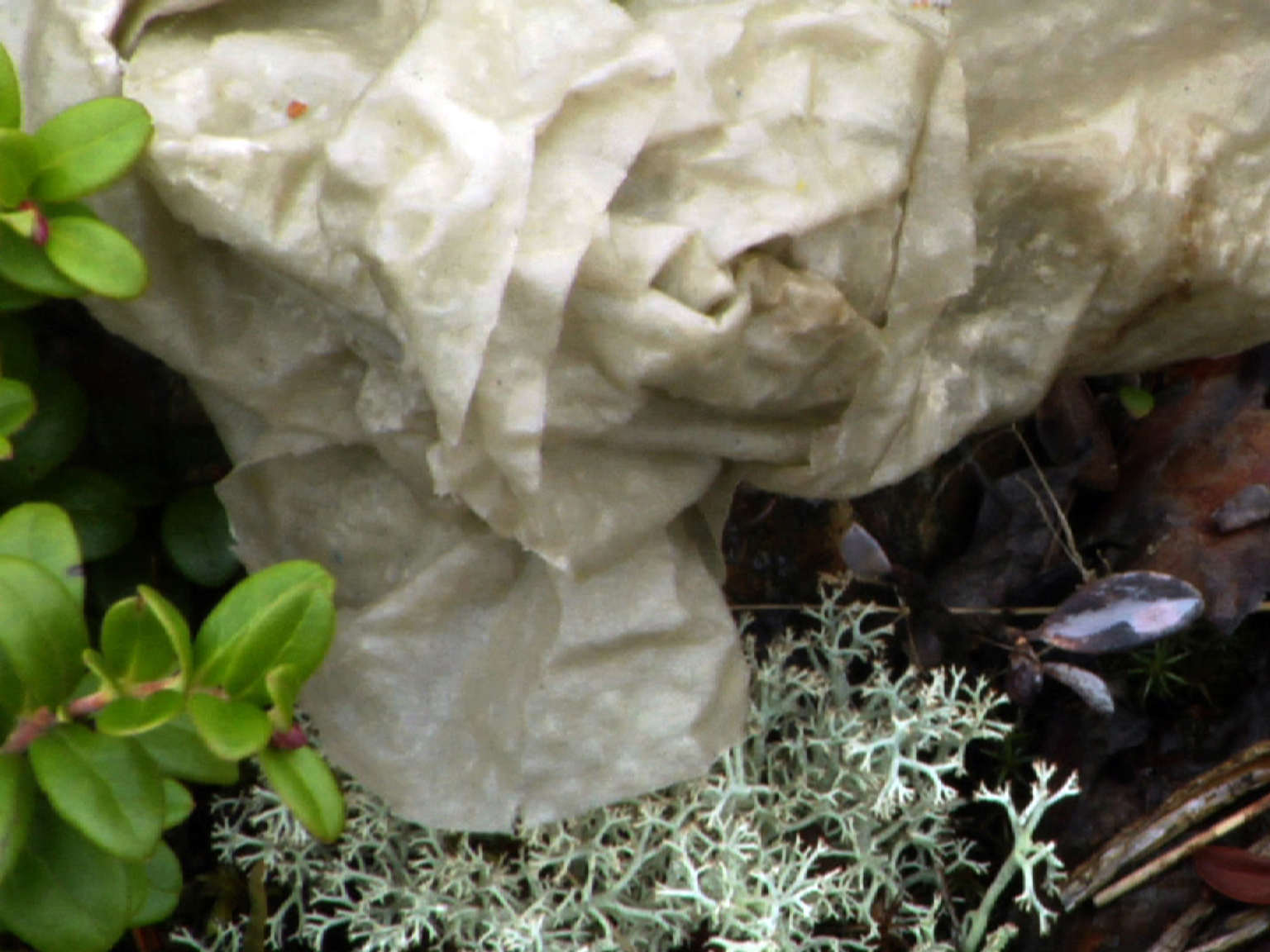Forelesning

Åpent forum: Dominic Redfern
Åpent Forum is back to start the 2016 lecture series, please join us to welcome our first guest Dominic Redfern.
Wasting
Whatever happened to beauty? It was the defining quality of successful art until the 19th century but it was lost or discarded in the twentieth, another casualty of modernism’s revisionist project. What has replaced it? Is it no longer a value for artists? Do we never say of a work of art that it is beautiful? If we do what do we mean? Are we saying something good or bad? Does this mean a work is retrograde? Or worse?
In this lecture Dominic Redfern pits Kant against Darwin to look at the origins of aesthetic pleasure and their socialisation in the modern period.
Dominic Redfern is a video artist and academic. He has worked a great deal at the intersection of site, screen and identity. In recent years his work with identity has increasingly focused on narratives of place and the history of natural history.looking more and more closely at places, the status, currency, and possibility of beauty in art as well as the idea of the natural as a cultural construction have become interests for him. These interests are expressed with a self-conscious approach to the technology and culture of video, making it both subject and medium for his work which gives critical expression to the complexity of screen-mediated experience.
In 2015 he was part of the Guirguis Art Prize as well creating an exhibition focused upon the geo-social dimension of Australia’s role in WWI to coincide with the ANZAC centenary. Over the last couple of years he has had exhibitions at home as well as in Tokyo, Stockholm and Shanghai and been part of the Spatial Dialogues Australian Research Council project on water in the Asia Pacific region. He also has a long track record as a teacher and researcher working for the last eighteen years at RMIT University, one of Australia’ oldest and most respected art schools, where he is the coordinator of the MFA program.